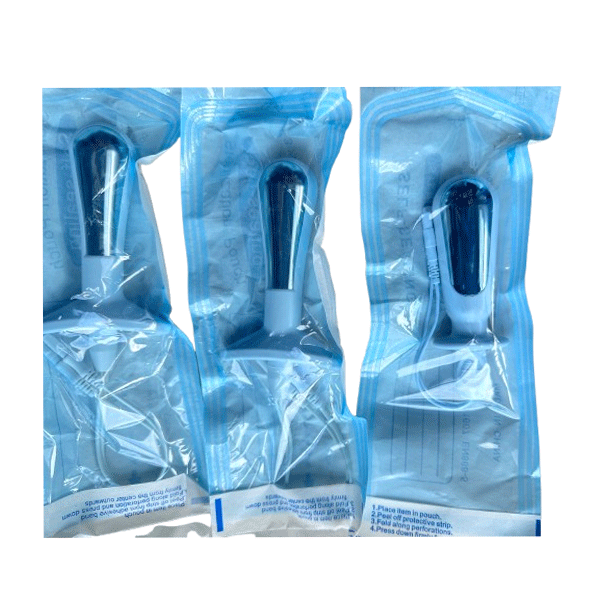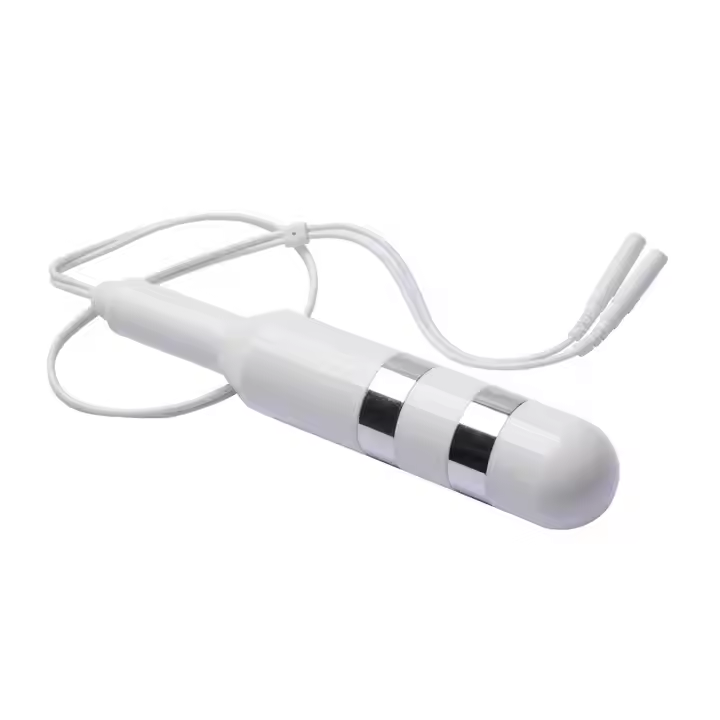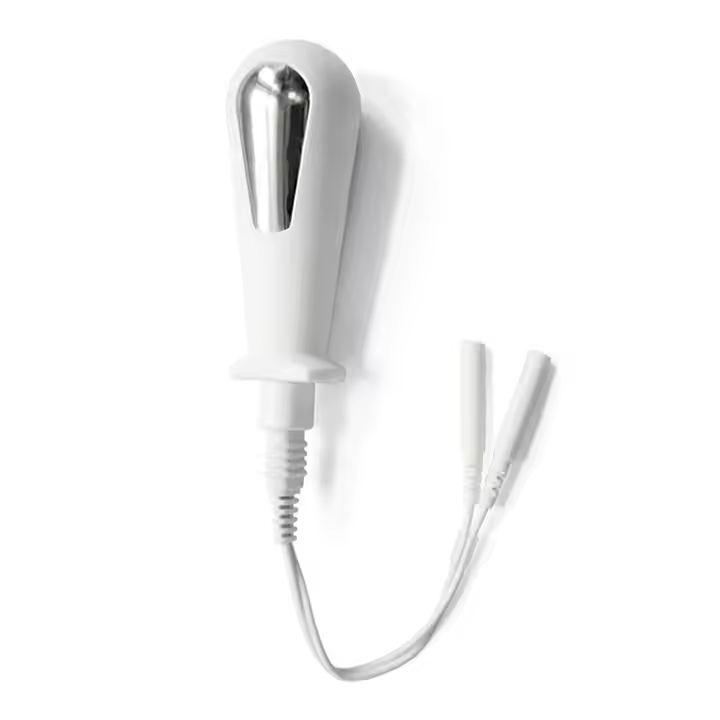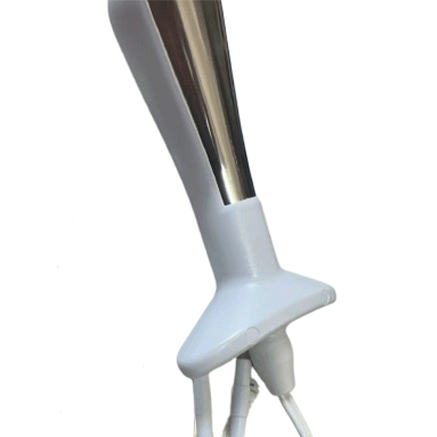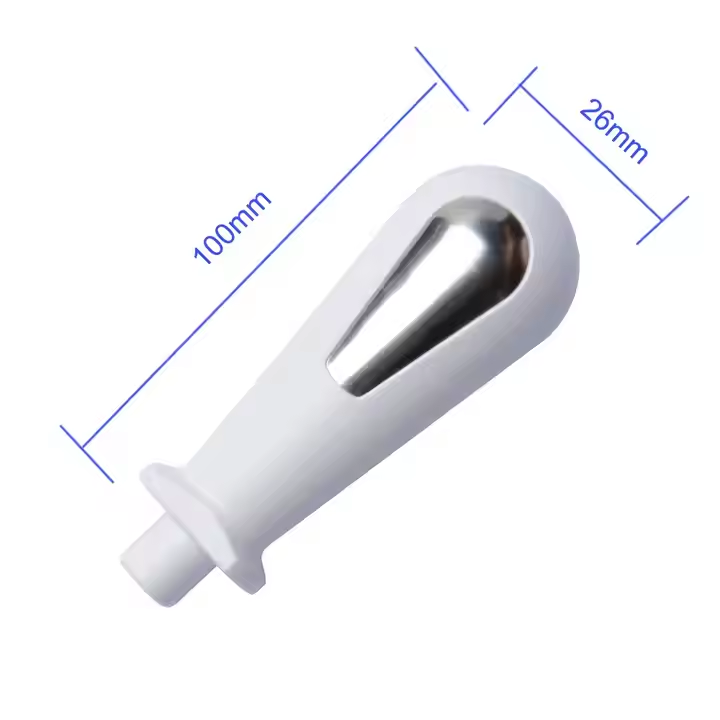Female pelvic floor dysfunction (PFD) is characterized by pelvic organ prolapse (POP) and stress urinary incontinence (stress urinary) incontinence,SUI, and a series of pelvic floor injuries and defects. With the enlargement of uterus during pregnancy, the gravitational effect of chronic pulling of pelvic floor causes different degrees of soft tissue injury; Changes in hormone levels during pregnancy alter collagen metabolism in the connective tissue of the pelvic floor, leading to a weakening of the pelvic floor support structure and increasing the risk of POP. During delivery, the pelvic floor head is squeezed, the pelvic floor is stretched and extended, and the muscles are highly dilated, so that the pelvic floor has denervation changes, and the connections between connective tissues are separated. Dystocia and instrumental delivery are likely to cause damage to pelvic floor and periurethral tissues, changes in bladder neck position and mobility, and decrease of urethral closure pressure, leading to SUI. The mechanical injury of anal levator muscle and pudendal nerve during pregnancy and delivery plays an important role in the development of PFD. Therefore, pelvicfloor rehabilitation (PFR) in the early postpartum period has important preventive significance.
Principles and basic principles of rehabilitation
Electrical stimulation of pelvic floor muscle Electrical stimulation can improve the excitability of neuromuscle, wake up some nerve cells whose function is suspended due to pressure, and promote the recovery of nerve cell function. Electrical stimulation is to stimulate the contraction of the external urethral sphincter and further enhance the contraction of the sphincter through the neural circuit to strengthen urine control. Electrical stimulation of nerves and muscles, excitation of sympathetic pathways and inhibition of sympathetic pathways, inhibition of bladder contraction, reduction of detrusor metabolic level, increase bladder capacity, strengthen urine storage capacity. Electrical stimulation therapy is an active means to promote the rehabilitation of nerve function after operation, which can passively exercise muscle strength, prevent muscle atrophy and restore nerve function. Electrical stimulation is used to relieve pain caused by muscle spasm by relaxing the pelvic floor muscles, directly inducing a therapeutic response or regulating abnormalities in lower urinary tract function. Goceng Medical's Vaginal Probe Electrode EMS/ TENS Pelvic Floor Strengthening .
Individualized program of electrical stimulation In pelvic floor muscle training, according to the situation of each individual to choose the program and timing of electrical stimulation. For example, during pelvic floor muscle training, if the patient's pelvic floor muscles do not contract, or are weak, FES with individualized parameters can be given to awaken proprioception. In addition, if the contraction curve fluctuates greatly during Class I muscle fiber training, conditional electrical stimulation should be given to stabilize the contraction curve of class I muscle fibers in the gradually formed conditioned reflex of patients and improve the quality of contraction. According to whether the pregnant woman is combined with urinary incontinence and its different types, choose different electrical stimulation programs.
The optimal selection of electrical stimulation intensity is the upper limit that patients can tolerate and do not feel pain: when patients are not sensitive to electrical stimulation, the stimulation intensity should not be blindly increased, but should be supplemented by increasing the pulse index. Because electrical stimulation itself has a tolerance process, it is often necessary to up-regulate the electrical stimulation parameters in the rehabilitation process to achieve the best results, and the stimulation intensity is often increased by 1% to 5% each time in clinical practice.
Indications and contraindications of rehabilitation training
Strictly speaking, all postpartum women in the middle and late pregnancy are suitable for pelvic floor muscle rehabilitation training. For those with the following conditions, pelvic floor muscle rehabilitation should be carried out as early as possible:
① Pelvic floor muscle strength weakened. If unable to resist resistance, contraction duration ≤3s (testing pelvic floor muscle strength rating ≤3) or vaginal systolic blood pressure ≤30cmH2O.
② Urinary incontinence occurs after delivery or urinary incontinence persists after delivery.
③ Pelvic organ prolapse occurs after delivery, such as POP-Q system score stage 1 or above, especially with anterior and posterior vaginal wall bulge.
④ Pain of perineal wound scar.
⑤ The quality of postpartum sex life is decreased.
⑥ Abnormal postnatal bowel movements.
⑦ Postpartum urinary retention.
If there are the following circumstances, it is not appropriate to choose pelvic floor training :
① Vaginal bleeding (such as late postpartum bleeding, menstrual period, etc.).
② Acute inflammation of the genitourinary system.
③ People who need to implant a pacemaker.
④ Patients with malignant pelvic organ tumor.
Dementia, or unstable seizures.
Check more at : https://www.gocengmed.com/products/pelvic-probe-electrode.html

